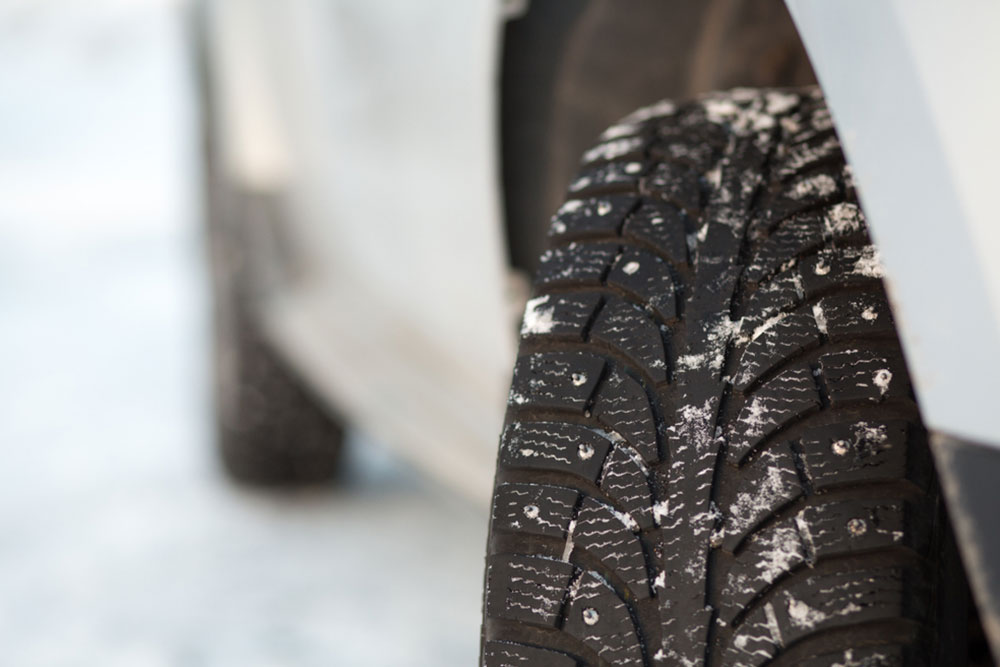Benefits of buying winter tires
With technological advancements, tires are designed to suit all types of weather, terrain, and driving conditions. You can use all-terrain tires to prevent buying a different set of tires for each changing season. However, it is advisable to use winter tires during the cold months. Even all-terrain tires will not provide the quality needed to drive during harsh winters, especially in the northern states.
Here are five reasons why you should switch to winter tires.
Special materials
Tires are made from rubberized compounds that can withstand heat and cold up to certain temperatures. However, most tires manufactured will become hard and lose grip below seven-degree Celsius.

Braking power
Braking over a cold slippery surface can cause the vehicle to skid and you may lose control. The risk is high during harsh winters as drivers have a habit of slamming hard on the brakes. Winter tires provide a much better grip and help recover the vehicle quickly from a skid that got out of control as opposed to regular tires.
Better hydroplaning resistance
Hydroplaning is a phenomenon in which the tires lose grip over any surface as the water accumulates in the space in between the tires and the surface. Winter tires have special grooves designed within the treads that push the water away to the sides. The grooves help provide the much-needed traction and grip while driving on different types of snow surfaces.
Better traction
Snow is very light and traction will be limited unless your vehicle is equipped with tires that have deep treads and wider grooves between each tread. The chances of losing traction at high speeds can be potentially fatal. Winter tires are designed with deep treads and horizontal slits that crisscross at intervals, thereby providing maximum grip and traction irrespective of the size of the vehicle.
Control and maneuverability
Winter tires have a narrower width compared to regular tires. The tire design and tread pattern also put more pressure on the tire to maintain grip, especially in snow-covered roads. Winter tires allow vehicles to cut through the snow-covered roads more efficiently.
Popular winter tire manufacturers include Bridgestone, Nokian, Continental, Michelin, Pirelli, Gislaved, Toyo, Dunlop, Hercules, Goodyear, and Yokohama.

